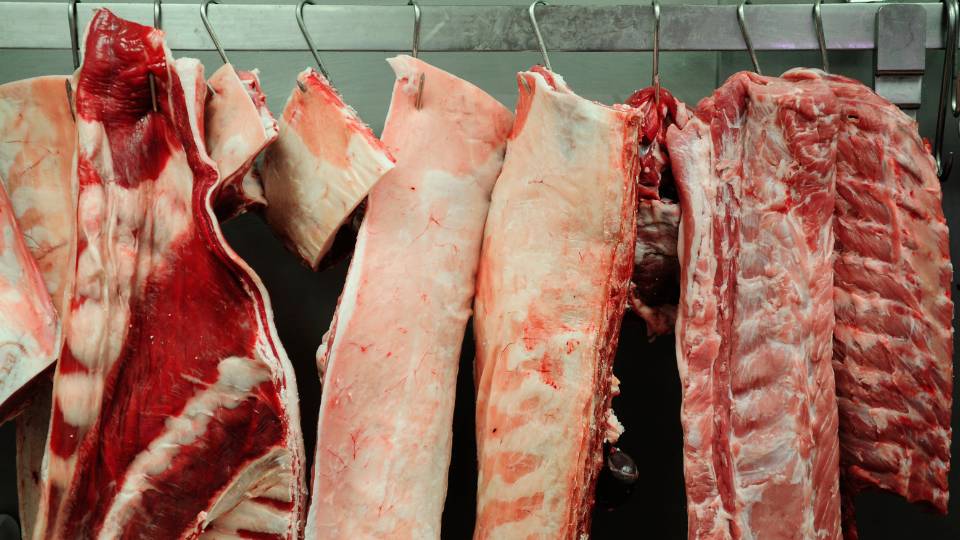
A Quick Summary
- The UK meat industry produces over a million tonnes of waste annually.
- Improper waste management leads to greenhouse gas emissions, water pollution, and landfill strain.
- Rendering, composting, and anaerobic digestion can reduce waste and environmental impact.
In the UK, the butchery industry is an essential part of the food supply chain, contributing significantly to the economy.
However, the waste generated by butcheries poses a substantial environmental challenge.
This blog explores the impact of butchery waste on the environment and provides actionable insights for business owners looking to adopt more sustainable practices.
Table of Contents
- The Scale of Butchery Waste in the UK
- Environmental Consequences
- Sustainable Practices for Butchery Waste Management
- Types of Butchery Waste
- Conclusion
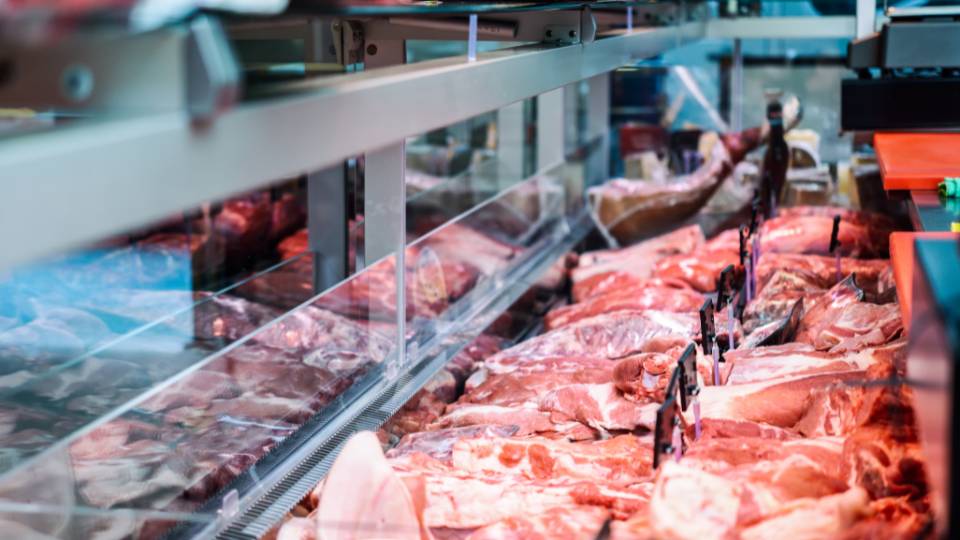
The Scale of Butchery Waste in the UK
The UK meat industry produces over a million tonnes of animal waste annually.
This substantial volume of waste includes various components such as bones, fat, offal, and blood, each presenting unique challenges for responsible disposal.
Waste Composition:
The by-products of meat include a variety of materials such as bones, fat, offal, and blood, each requiring specialised disposal methods.
Economic Impact:
The disposal and management of this waste have considerable economic implications for businesses, as improper handling can lead to hefty fines and environmental levies.
Comparison with Other Waste:
To put this in perspective, the total food waste in the UK is around 9.5 million tonnes annually, with butchery waste accounting for a significant portion of this figure.
Environmental Impact:
If not managed properly, this waste contributes to environmental degradation, including methane emissions from decomposition, which exacerbate climate change.
Regulatory Pressure:
The UK government has stringent regulations on animal by-product disposal to minimise environmental impact and ensure public health safety, adding pressure on the industry to adopt sustainable practices.
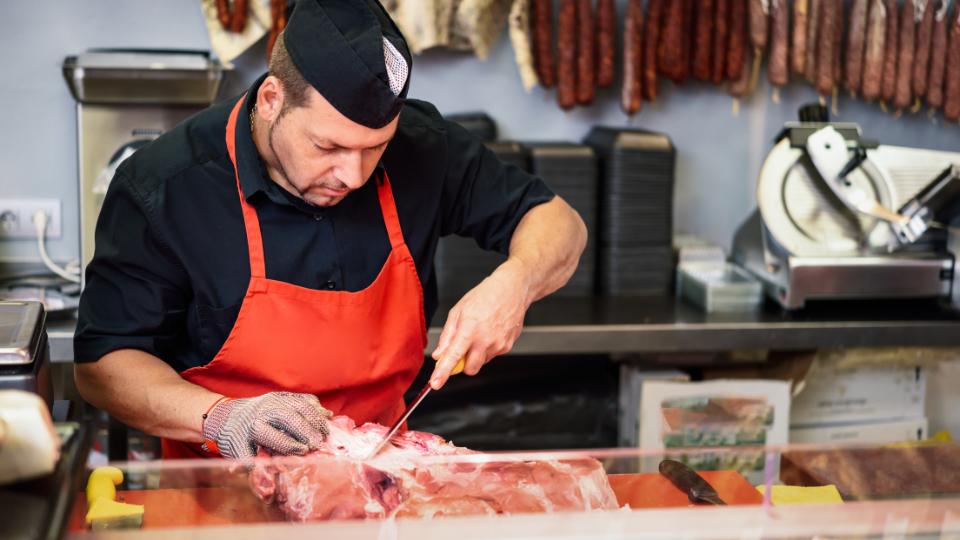
Environmental Consequences
Here are some of the environmental consequences of butchery waste in the UK:
Greenhouse Gas Emissions:
Decomposing animal waste releases methane, a potent greenhouse gas.
The meat industry is responsible for approximately 14.5% of global greenhouse gas emissions, with a significant portion coming from waste.
Water Contamination:
Improper disposal of blood and offal can lead to water pollution.
Runoff from waste sites can contaminate rivers and groundwater, posing risks to ecosystems and human health.
Landfill Pressure:
A substantial amount of butchery waste ends up in landfills, contributing to land overuse and the associated environmental degradation.
Food waste makes up about 30% of the UK’s landfill content.
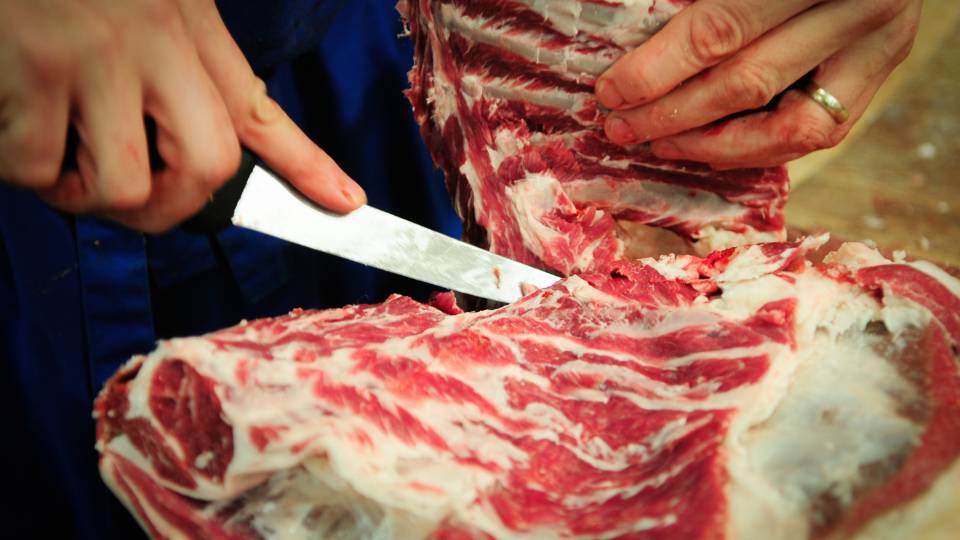
Sustainable Practices for Butchery Waste Management
Rendering:
Rendering converts waste animal tissues into usable materials like tallow and protein meals.
This process can significantly reduce the volume of waste and provide by-products for other industries.
Composting:
Certain animal by-products can be composted, turning waste into valuable fertiliser.
This method helps recycle nutrients back into the soil, promoting sustainable agriculture.
Anaerobic Digestion:
Anaerobic digestion processes organic waste to produce biogas and biofertiliser.
This technology can transform butchery waste into renewable energy, contributing to a circular economy.
Waste Reduction Strategies:
Implementing better inventory management and using the whole animal can reduce the amount of waste generated.
Educating staff and adopting efficient butchering techniques are crucial steps.
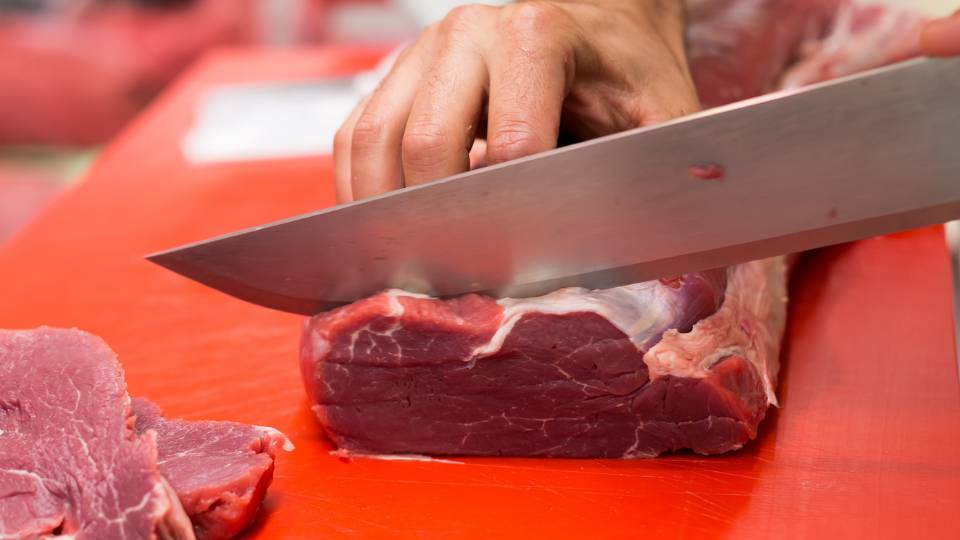
Types of Butchery Waste
- Bones
Bones are a significant by-product of the meat processing industry.
While they can be rendered into products like bone meal, improper disposal can lead to environmental contamination.
- Fat
Fat from meat processing can be used in the production of tallow, which has applications in soap making, animal feed, and even biofuel.
However, it requires careful handling to prevent pollution.
- Offal
Offal, which includes organs and other internal parts, can be processed for use in pet food and other products.
Despite this, large quantities often go to waste due to market limitations and consumer preferences.
- Blood
Blood is particularly challenging to manage.
It has the potential for use in fertilisers and animal feed, but without proper processing, it can cause significant water pollution if it enters waterways.
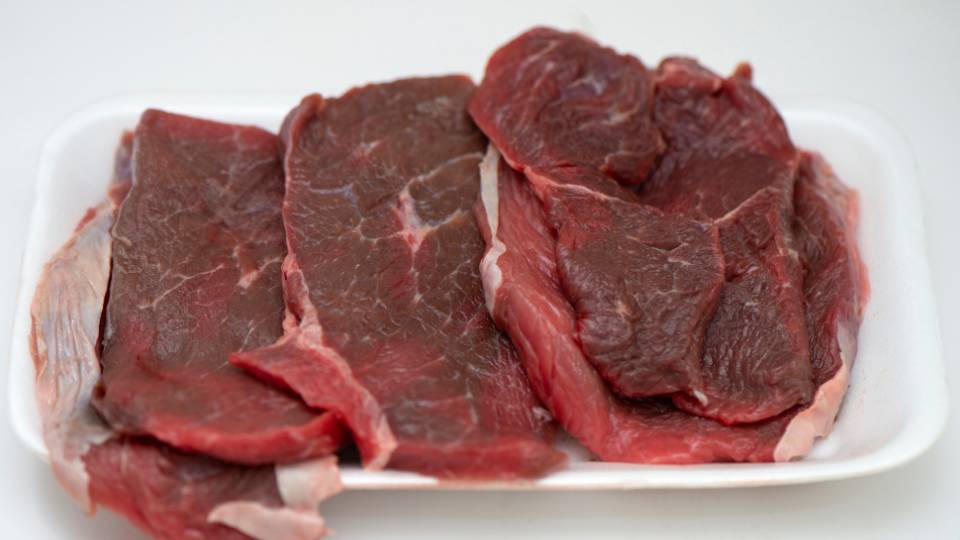
Conclusion
Addressing the environmental impact of butchery waste is not only a regulatory requirement but also an opportunity for business owners in the UK to lead in sustainability.
By adopting practices such as rendering, composting, and anaerobic digestion, businesses can significantly reduce their waste footprint, lower greenhouse gas emissions, and contribute to a circular economy.
Embracing these sustainable strategies will not only enhance environmental stewardship but also improve operational efficiency and create new business opportunities.
Through concerted effort and innovation, the butchery industry can achieve a balance between profitability and environmental responsibility.





